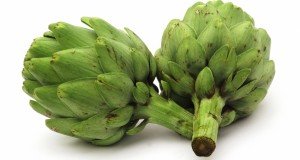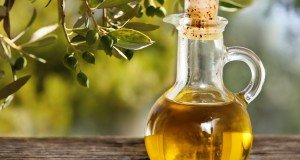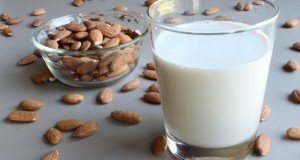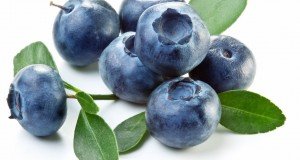Deglycyrrhizinated licorice offers relief for heartburn, peptic ulcer disease and gastritis
(NaturalHealth365) It may sound hard to believe, but an extract from a special type of licorice known as deglycyrrhizinated licorice (DGL licorice) can be extremely helpful for peptic ulcer, gastritis and heartburn. In fact, numerous studies have found it more effective than many antacid drugs.
Peptic ulcers are commonly caused by acidic secretions of the stomach. However, they can also be caused or exacerbated by the bacteria Helicobacter pylori and the use of NSAIDs like aspirin and ibuprofen. Of course, smoking, alcohol consumption, too much stress and nutritional deficiency can also contribute to the problem.
Deglycyrrhizinated licorice stimulates protective factors in lining of stomach and small intestine
Symptoms of a peptic ulcer include abdominal discomfort 45 to 60 minutes following a meal or in bed at night. The pain is often described as burning, gnawing or like “heartburn.” For some people, antacids can provide relief. But, to be perfectly honest, pharmaceutical drugs are never designed to address the true cause of health issues and can actually cause more problems.
Licorice has been known as a cure for peptic ulcer for many years. However, side effects of the glycyrrhetinic acid it contains can cause high blood pressure and other side effects. However, a new formulation called deglycyrrhizinated licorice (DGL) takes care of this problem. DGL can bring fast peptic ulcer and gastritis relief without the side effects.
Deglycyrrhizinated licorice seems to work by stimulating and accelerating the body’s natural internal protective factors in the stomach and small intestine. It is different than how common antacid drugs work, as these pills tend to simply suppress the production of gastric acid.
DGL also contains several types of flavonoids that suppress Heliobacter pylori bacteria.
Daily use of DGL can bring full healing to peptic ulcer and duodenal ulcer conditions
Several head to head studies of DGL and antacids found DGL to be more effective than the drugs, and without side effects (as well as at a fraction of the cost).
A study of DGL and gastric ulcer treated 33 patients with either DGL (760 mg 3 times per day) or a placebo for a month. The DGL group showed a 78 percent reduction of ulcers in the DGL group versus 34 percent in the placebo group.
A full eventual healing of the gastric ulcers occurred in 44 percent of the DGL group, but only 6 percent of the placebo group healed completely.
As for duodenal ulcers, a study of 40 patients with severe, chronic duodenal ulcers 4 to 12 years in duration and with 6 or more relapses in the past year were treated with DGL. All participants experienced severe, persistent pain, vomiting, and had been referred for surgery.
There are MANY natural healing protocols for heartburn
Half of the participants received 3 grams DGL every day for 8 weeks; the other half 4.5 grams daily for 16 weeks. All 40 showed significant improvement in less than a week, with the higher-dose patients healing faster. After one year, none had required surgery.
The standard DGL dose for peptic ulcer, gastritis and heartburn is one to four 400 mg tablets per day – depending upon the severity of the condition. Suggested duration of DGL therapy is 8 to 16 weeks.
Other natural treatments for peptic ulcer, gastritis and heartburn include reducing salt intake, chewing peppermint gum and the regular use of probiotics. Naturally, it almost goes without saying, it’s best to avoid foods that aggravate the situation like, excessively fatty foods, spices and citrus fruit. (keep a food journal to figure out what may cause you the most pain and avoid it.)
Sources for this article include:











